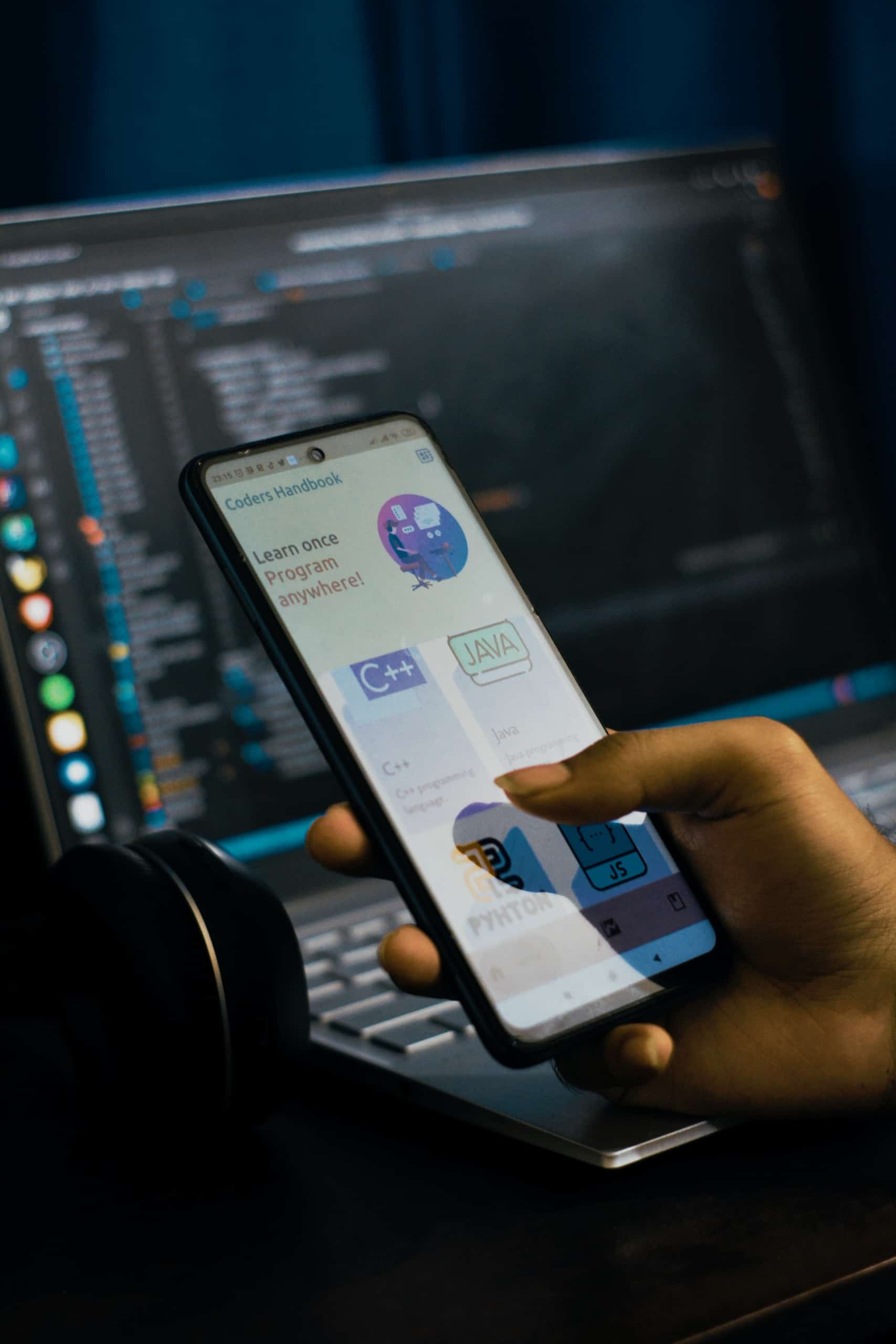Have you ever scanned a mysterious black and white boxy image with your phone, only to be whisked away to a website, social media profile, or even a hidden message? Those squares are QR codes, and they’re everywhere these days! But have you ever wondered how these seemingly simple patterns hold so much information? This article will take you on a deep dive into the technology behind QR codes. We’ll explore their anatomy, the fascinating encoding process, and how your phone decodes them to reveal their secrets. By the end, you’ll not only understand QR codes, but you might even be tempted to make QR code to share your own piece of the digital world!
The Anatomy of a QR Code
At first glance, a QR code might appear chaotic, but it actually follows a very specific structure. Imagine a checkerboard – that’s essentially what a QR code is, with each square being called a “module”. However, unlike a traditional checkerboard, the modules in a QR code can be either black or white. This seemingly simple color scheme is where the magic begins.
But before we dive into that, let’s explore some other key components:
- Positioning markers: These are the three large squares located in the corners of the code. They help the scanner quickly identify the code’s orientation and size.
- Alignment patterns: These smaller squares strategically placed throughout the code assist with maintaining readability even if the code is slightly warped.
Now, back to the black and white modules. This is where the exact information is stored. One of the key advantages of QR codes over traditional barcodes is their shape. Unlike the linear stripes of a barcode, QR codes utilize a square format, allowing them to store significantly more data. Different versions of QR codes exist, with each offering varying storage capacities. For instance, the most common version you encounter can hold up to 4,296 characters!
From Pixels to Information
So, how does a seemingly random pattern of black and white squares translate into a website address or a business card? The answer lies in a clever technique called error correction. Imagine writing a message on a piece of paper and then crumpling it slightly. When you try to read the message again, parts of it might be obscured. Error correction in QR codes works similarly. The data you want to encode, be it a website URL or your contact details, is strategically interwoven with additional redundant patterns. This redundancy allows the scanner to decipher the intended information even if some of the code’s modules are damaged or obscured.
The core technology behind error correction in QR codes is called Reed-Solomon error correction. This complex mathematical algorithm ensures that even if a portion of the code is unreadable, the scanner can reconstruct the missing information and deliver the intended data accurately.
But how exactly is the data encoded into the black and white pattern? Here’s a simplified explanation: The information you want to store is first converted into a binary format, a series of ones and zeros. These binary digits are then mapped to specific modules in the QR code grid. Black modules represent a value of 1, while white modules represent 0. The sophisticated arrangement of black and white squares, along with the error correction codes, ensures that the scanner can accurately interpret the data and deliver the intended content.
Decoding a QR Code
The magic of QR codes comes to life when you point your smartphone camera at one. But what happens behind the scenes? When you do this, the camera app captures an image of the QR code. This image is then processed by software on your phone that specializes in QR code decoding. The software analyzes the positioning markers and alignment patterns to determine the code’s orientation and correct any minor distortions.
Next, the software examines the black and white modules and translates their arrangement into a stream of binary data. Using the error correction algorithms built into the software, the missing or damaged bits are reconstructed, ensuring the accuracy of the retrieved information. Finally, depending on the type of data encoded, the software may launch a web browser, display your contact information, or reveal any other embedded message.
Then QR code generator websites like Uniqode or Me-QR can hold a variety of information, including website URLs, text messages, contact information (vCards), email addresses, and even geolocations. This versatility makes them a valuable tool for businesses and individuals alike, allowing them to share information conveniently and efficiently.
What’s Next in the Future of QR Codes?
The potential applications of QR codes extend far beyond their current uses. Imagine museums using QR codes next to exhibits to offer visitors interactive experiences with augmented reality. Think about businesses integrating QR codes into packaging, providing customers with access to detailed product information, recipes, or exclusive content. QR codes could even revolutionize the way we exchange digital business cards, allowing for seamless sharing of contact details and online profiles through a single scan. However, with any technology, security considerations are paramount. It’s important to be cautious when scanning QR codes, especially those from untrusted sources. Always verify the legitimacy of the information before clicking on links or downloading content.
So, there you have it. Unpacking the seemingly simple black and white squares of a QR code reveals a fascinating world of engineering and design. From error-correcting codes to the clever use of shapes, QR codes bridge the physical and digital seamlessly. As technology continues to evolve, the possibilities for QR codes only become more exciting. What secrets will they unlock next? The future of this versatile tool is sure to surprise and amaze us.
